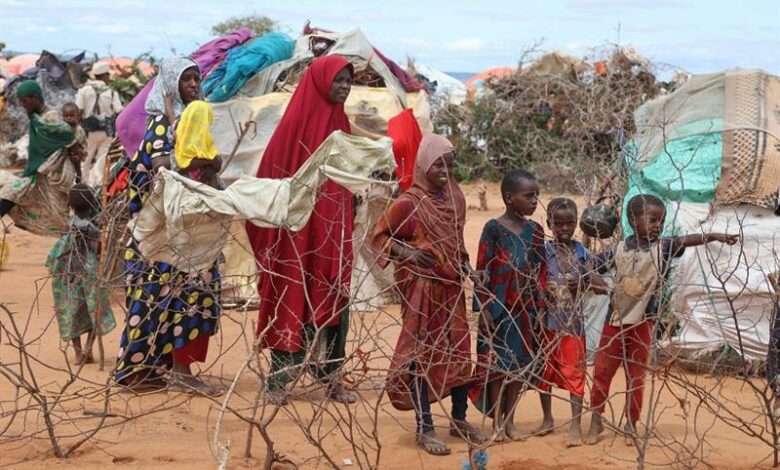High levels of acute food insecurity threaten nearly a quarter of a billion people worldwide, report says

Around 238 million people face high levels of acute food insecurity in 48 countries in 2023, according to the Global Report on Food Crises released Thursday.
Food insecurity is defined as a lack of consistent access to enough food for every person in a household to live an active, healthy life.
Based on data presented in an article published by Anadolu Agency today, the 2023 mid-year update showed that, as of early August, some 33.64 million people face “emergency conditions” in 36 countries while 128,600 people face “catastrophe conditions” in four countries.
The findings of a recent report indicate that South Sudan has the highest share at 63% followed by Yemen (52%-55%). Afghanistan, the Central African Republic, Haiti and Sudan each have more than 40% of their population in Integrated Food Security Phase Classification Phase 3 or above.
“In these 48 countries, 21.6 million more people face high levels of acute food insecurity than in 2022 (a 10 percent increase), bringing the number to 238 million,” it said.
The figures revealed that 27.2 million children under the age of five are affected by wasting in 21 food-crisis countries while an estimated 6.3 million pregnant and breastfeeding women are affected by acute malnutrition in 15 food-crisis countries with data.
Pointing out that the total number of people facing high levels of acute food insecurity this year will likely increase due to a data gap, the report said this is concerning, as no data is available for 25 countries or territories, 10 of which had data in 2022, accounting for 41 million people facing high levels of acute food insecurity.
They include countries with some of the largest food crises such as Myanmar, Syria and Ukraine.
The report identified conflicts, economic shocks and extreme weather events as the main drivers of food insecurity in 2023.
Citing the UN’s Food and Agriculture Organization (FAO), the study said that food prices remain at historically high levels despite trending downward since their peak in March 2022 with the start of the war in Ukraine.






